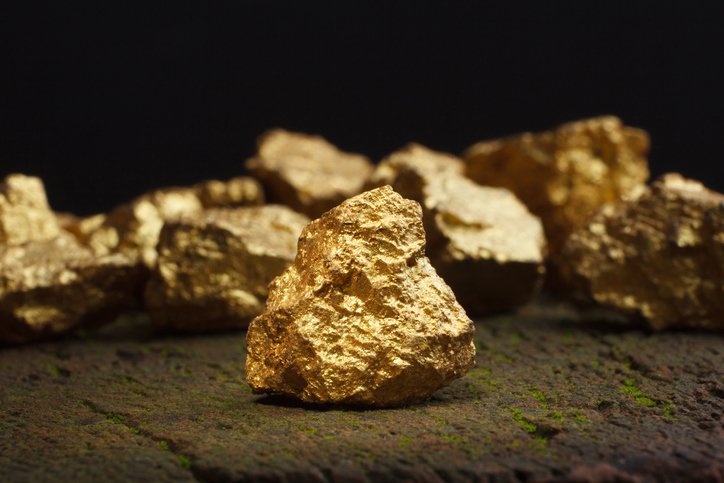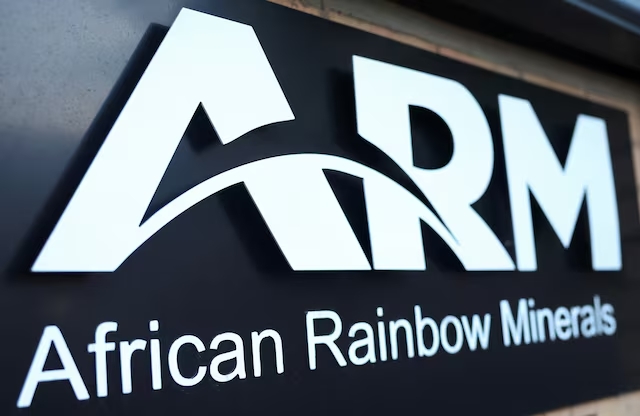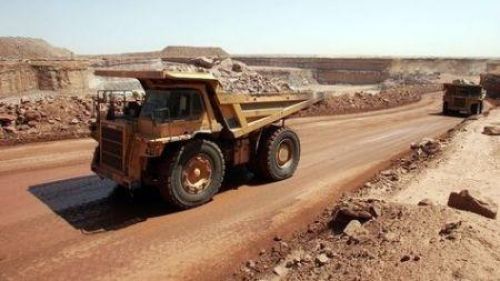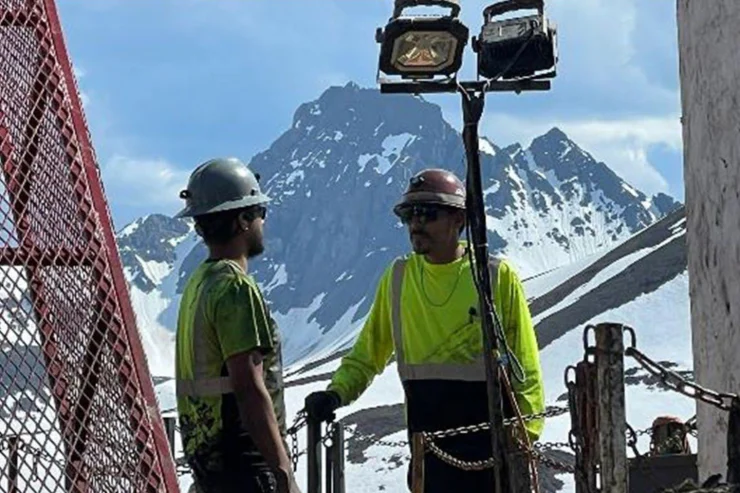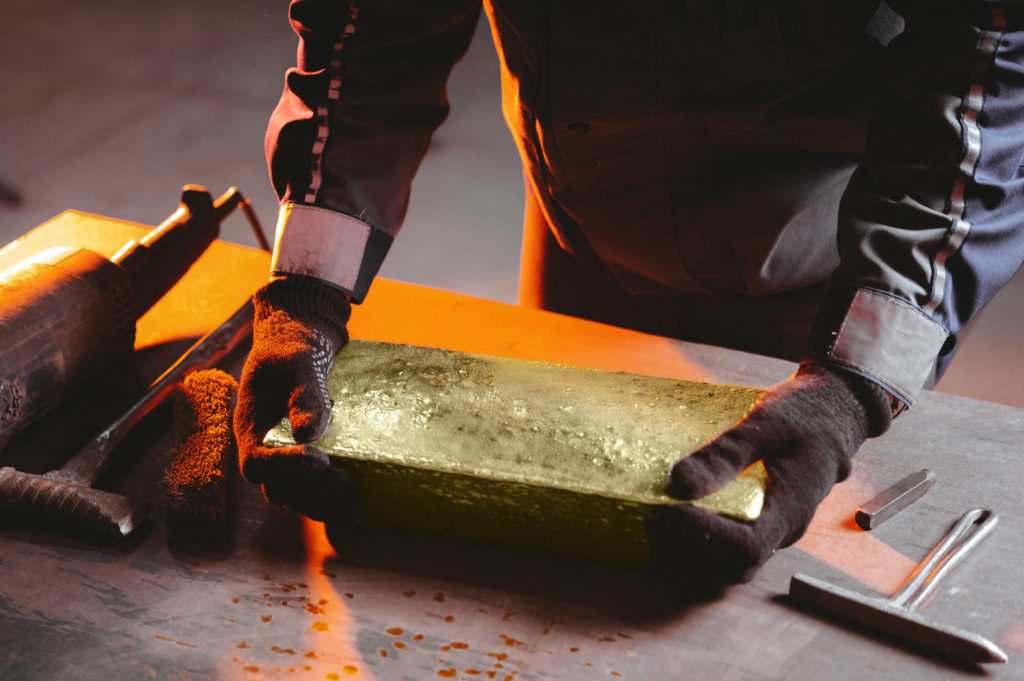Mining

Nigeria Accelerates Shift Towards Critical Mineral Processing

Nigeria announced, in June, plans to build what it calls Africa's largest facility for processing rare earth elements and critical minerals. This follows a May announcement of four new lithium processing plants. These developments signal a shift for Nigeria's mining sector, historically dominated by artisanal operations, as it moves toward a new industrial era under federal leadership.
Mines Minister Dele Alake confirmed significant investments in these projects. This includes $600 million for a lithium plant near Kaduna and Niger states, $200 million for a similar project near Abuja, and another $600 million plant in Nasarawa State. Nasarawa State is also slated to host the continent’s flagship rare earth processing facility. These investment figures place Nigeria on par with regional competitors. For example, Zimbabwe, Africa’s top lithium producer, attracted over $1.4 billion in lithium sector investments from China between 2020 and 2025.
This industrialization push aligns with a federal policy mandating at least 30% of local processing before raw mineral exports. For industrial minerals, the target is 35% by 2030, as outlined in a roadmap by the Raw Materials Research and Development Council (RMRDC), supported by the African Development Bank.
"Exporting raw minerals without adding value here at home wasn't helping our economy, and we had to stop that," Minister Alake stated in May. "Since then, we've seen real results of over $800 million in processing investments last year alone."
Despite Nigeria’s untapped potential in lithium, rare earths, and tin, resources recognized by the U.S. Geological Survey and the International Tin Association, the country has yet to develop industrial-scale mines. Most mining activities remain informal and undocumented. This makes tighter production oversight a key part of Nigeria’s mining strategy, alongside value-added processing.
However, challenges persist. Uncertainty surrounds the supply chains for these planned facilities and the identities of the companies backing them. So far, both the government and known project promoters have remained silent. For example, while the USGS estimated Nigeria’s rare earth production at 13,000 tonnes in 2024, the planned facility is expected to process 18,000 tonnes annually. This raises questions about the sources of input minerals.
Building high-capacity plants without scaling up industrial mining could hinder Nigeria’s ambitions. The country aims to increase mining’s contribution to GDP from under 1% to 10% by 2026. This goal now depends on how effectively Nigeria bridges the gap between its vision and execution.



